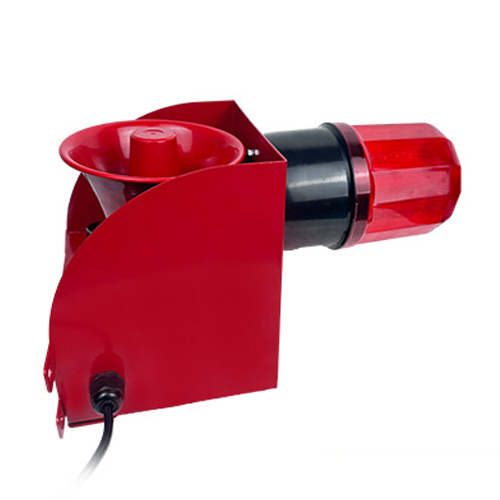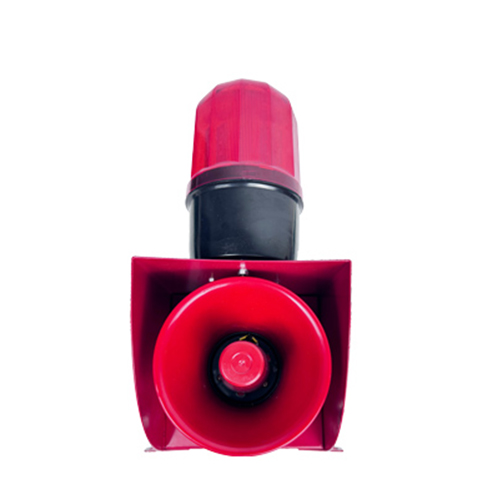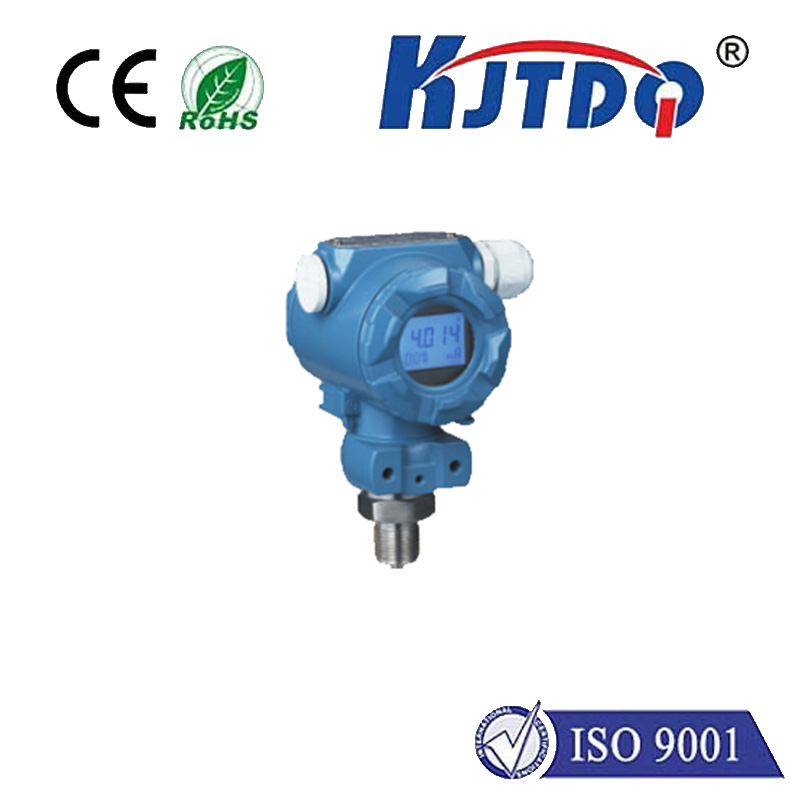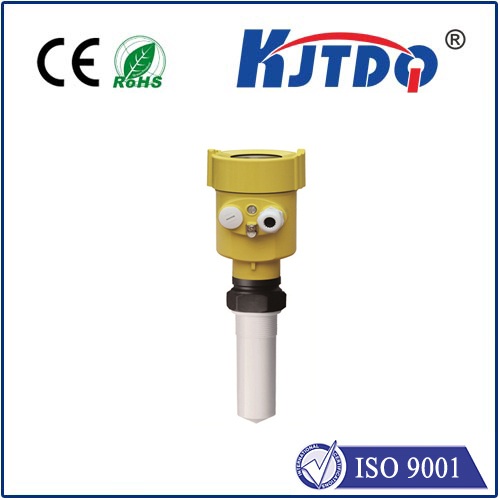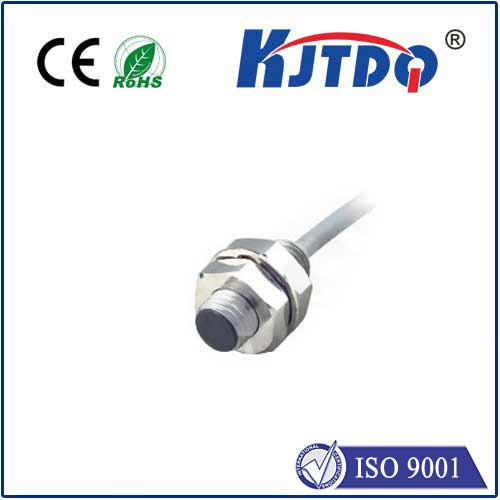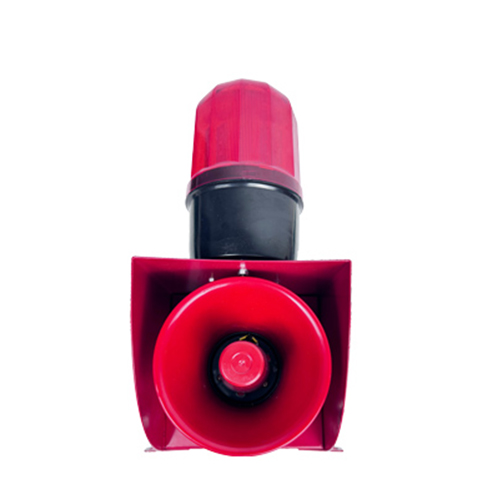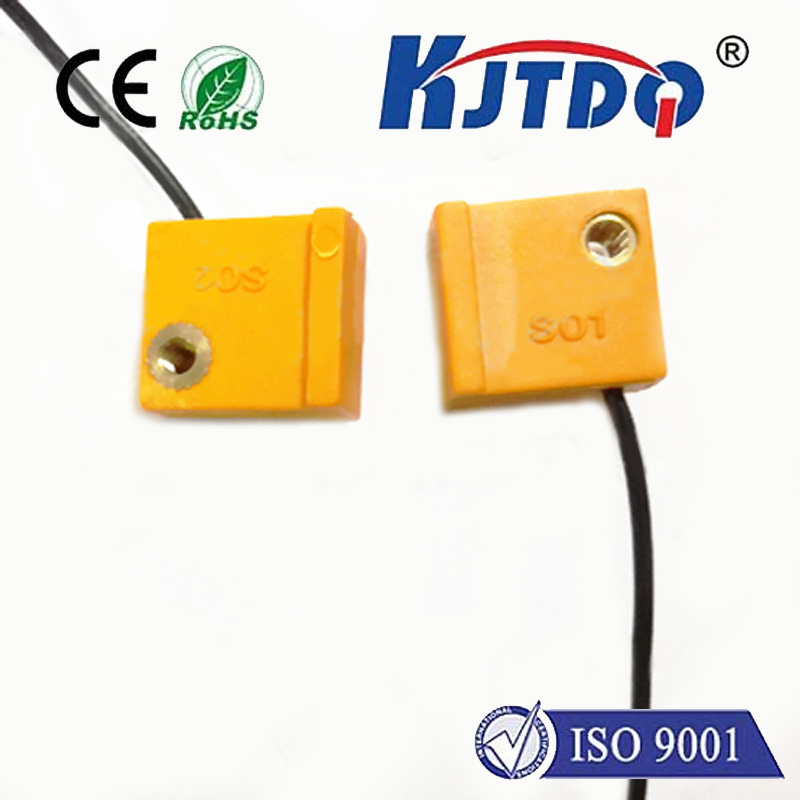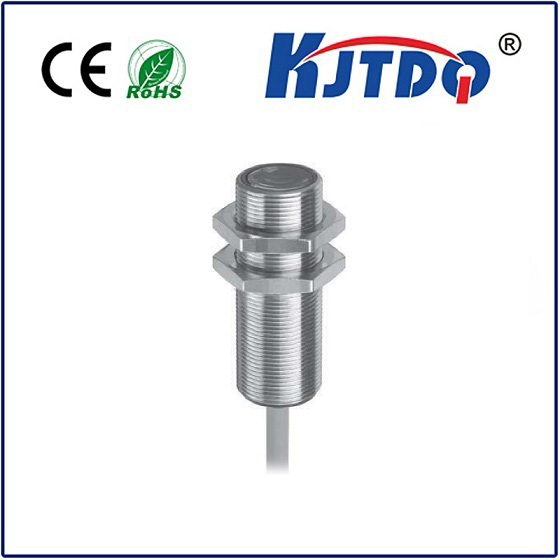

check

check

check

check

check

check

check

check

check

check
Title: Unlocking the Power of Magnetic Proximity Switch
Introduction:
In today's world, technology has become an integral part of our daily lives. From smartphones to home automation systems, we rely on various devices that make our lives easier and more convenient. One such device is the magnetic proximity switch, a small yet powerful component that plays a crucial role in many electronic devices. This article will explore the basics of magnetic proximity switches and their applications in different industries.
Understanding Magnetic Proximity Switches:
A magnetic proximity switch is a type of switch that uses the principle of magnetic fields to detect the presence or absence of an object. When an object comes into contact with theswitch, it creates a magnetic field that causes the switch to open or close. These switches are commonly used in electronic devices such as keypads, door locks, and credit card readers.
The working principle of a magnetic proximity switch can be explained using the following steps:
1. A magnetic sensor: The switch contains a magnet that generates a magnetic field.
2. An actuator: When an object comes into contact with the sensor, it changes the magnetic field.
3. A control unit: The control unit detects the change in the magnetic field and opens or closes the switch accordingly.
Applications of Magnetic Proximity Switches:
Magnetic proximity switches have numerous applications across various industries due to their simplicity, reliability, and low cost. Here are some examples of how they are used:
1. Security Systems: Magnetic proximity switches are commonly used in access control systems to control who can enter specific areas. For example, hotel rooms may have a door lock with a proximity switch that only allows guests to enter after they have presented their room key.
2. Cash Registers: In cash registers, magnetic proximity switches are used to detect when a customer inserts their bank card or credit card into the machine. Once the card is inserted, the switch activates, allowing the register to process the transaction.
3. Keypads: Keypads with magnetic proximity switches use them to determine which button was pressed by the user. When a button is pressed, it creates a magnetic field that triggers the switch and allows the computer to read and process the input.
Conclusion:
In conclusion, magnetic proximity switches are an indispensable component in modern electronic devices due to their ease of installation, reliability, and low cost. Their applications are vast and varied, making them an essential tool for various industries. As technology continues to advance, we can expect more innovative ways to integrate magnetic proximity switches into our daily lives.
